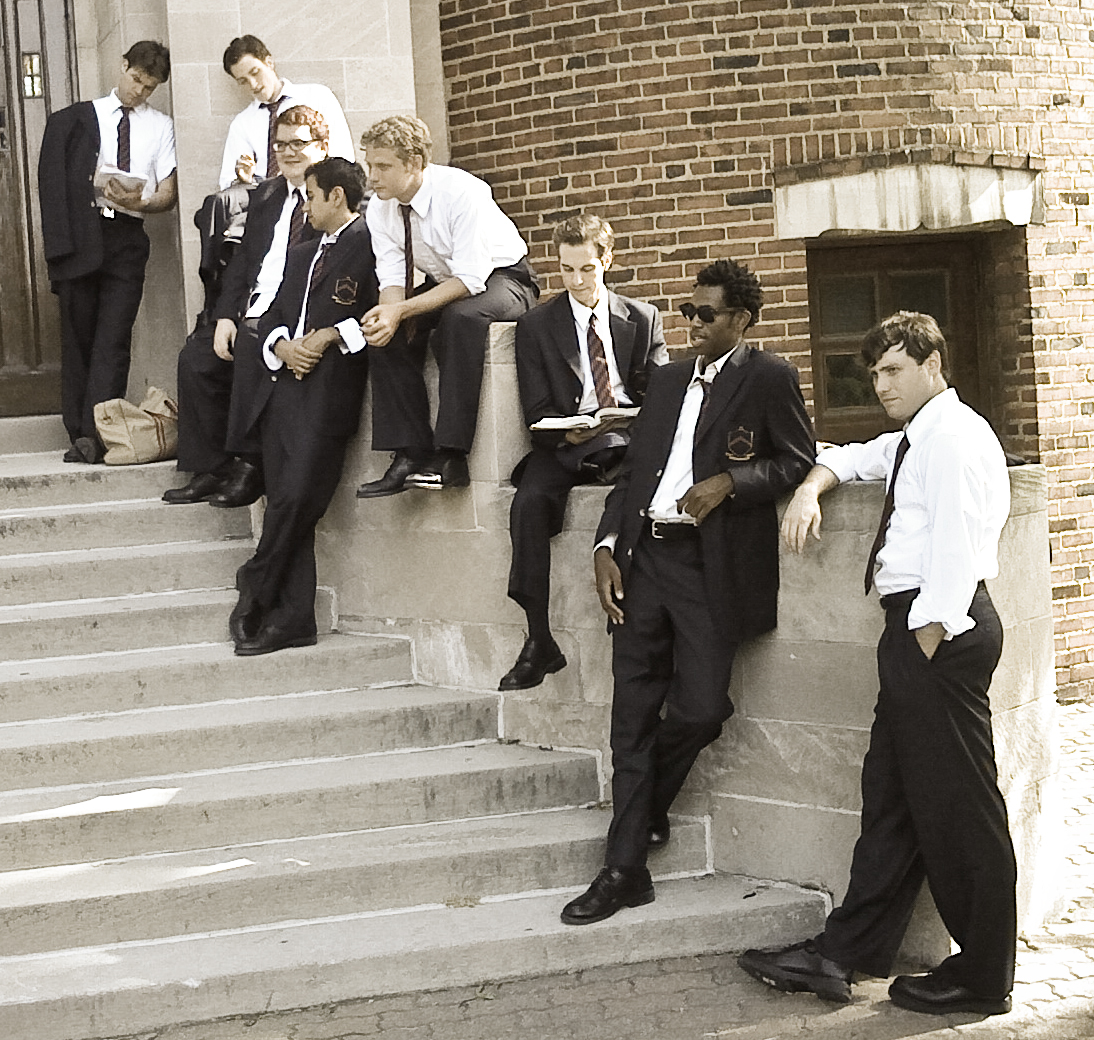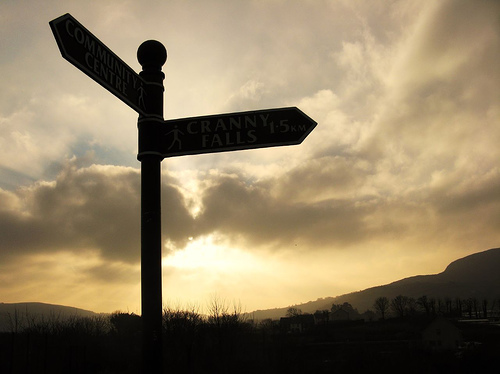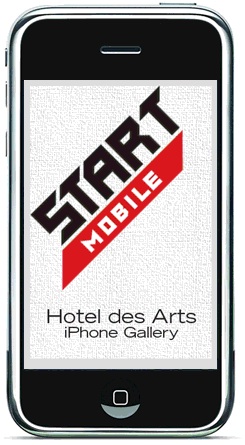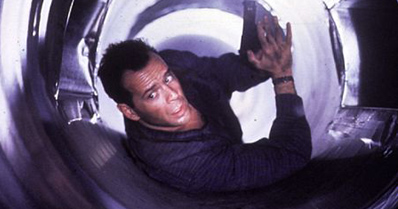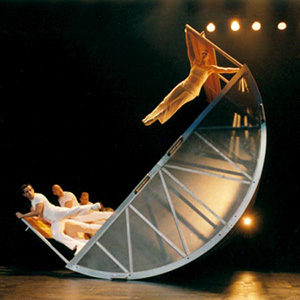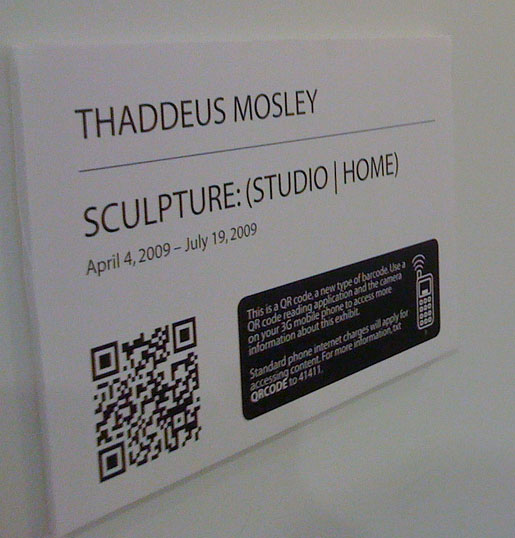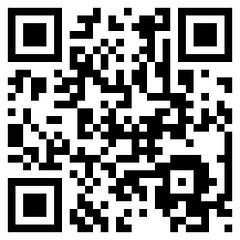I’m a little bit of an opera nut. While other people my age are psyched for the release of Saw VI, I'm anxiously awaiting the Met HD broadcast of Tosca.That’s why I was so excited to find out about ClassicalTV, which makes full-length performances available for free. No more 10-minute-max YouTube clips—just grab a glass of wine, sit back, and watch all 4 hours of Tristan und Isolde! Launched in March of this year, ClassicalTV features opera, ballet, jazz, dance, classical music, and theatre performances. The 1100-hour library includes performances from such classical heavyweights as the Metropolitan Opera, La Scala, Royal Shakespeare Company, and London's Royal Opera House, as well as recitals and concerts from notable performers like Emma Kirby, Felicity Lott and Ramon Vargas and conductors like Kurt Masur, Nikolaus Harnoncourt and Herbert von Karajan. The site also features blogs and informative articles about the videos and the arts in general.
Here's an example of one of their free offerings, a production of Gluck's Orphee et Eurydice at Paris' Theatre du Chatelet (after the opening advertisement):
One of the most fascinating things about the company’s story is its evolution. Its founding and re-emergence chronicles the evolution of streaming video itself. Founder Chris Hunt, a British film and television producer, launched the original site (then named “Online Classics”) in 2000, in the day of the 56k modem and sluggish download times, when the internet was still nicknamed "the information superhighway”. Hunt describes the site’s early successes and struggles:
Interestingly, even though we had a terribly inadequate offering – users experienced frozen pictures and inadequate audio, among other issues – by the end of the year we had 750,000 people watching our streams. That was a phenomenal number for the year 2000, since the reach of the internet was much less then. However, we had to give up at a certain point and agree to wait for the technology and the infrastructure of the web to mature.
So, the demand was there in the early 2000's, but the technology could not yet produce the optimal experience. It makes me wonder how many start-ups were launched at time when the technology and the number of people on the internet simply did not make the business viable, and how many of those start-ups would be viable now. About three years ago, Hunt took up the idea again and after careful market research, decided to launch the site. Pam Meyer, Senior Vice-President of Business Development, thinks performing arts audiences are ready for the site now that they “finally have the technical capability to access long form video content , and are truly tired of watching short form clips of laughing babies and of dogs pretending they are cats on YouTube.”
Many of today's internet media companies face the challenge of how to turn a profit when there is so much free content out there. ClassicalTV handles this cleverly, charging no membership fee and offering the majority of the performances on the site for free, charging only the time it takes to watch a commercial at the beginning of the performance. The site also carries pay-per-view premium performances like Ballet Russes' The Rite of Spring, Royal Shakespeare Company's King Lear and many Met titles. Price range from $5-$10 and are available to the viewer 72 hours after purchase.
In October, six months after the initial launch, there are still a few hitches. The Musicals and Theatre section are underdeveloped, although plans are underway to expand them. For arts organizations interested in having their works shown on ClassicalTV, Meyer had this to say:
We are interested in working with established arts organizations that have the rights to distribute completed videos of their performances. They can contact us through info@ClassicalTv.com if they have a completed and rights-cleared catalogue of video that is television quality. We rarely look at single one-off programs, unless they have exceptionally well known performers in them that we know our audience would enjoy.
As it is, new free and pay-per-view programs are released each week. But ClassicalTV is looking ahead. ClassicalTV perceives arts audiences demanding more from their online experiences. When asked what audiences will be demanding five years down the line, Meyer said:
I can tell you that we already find that performing arts enthusiasts demand high quality, a large library to choose from and are watching longer and longer formats. In the near future I think the introduction of web ready TV sets will be disruptive and one of many "leapfrog" experiences where the consumer leaps right over their PC as a common platform to the TV. Imagine being able to watch, in your living room, a streaming Met Opera in HD with your family on your TV. As well, we expect to see a lot of high end material hitting the mobile phones which are just starting to stream long form material.






